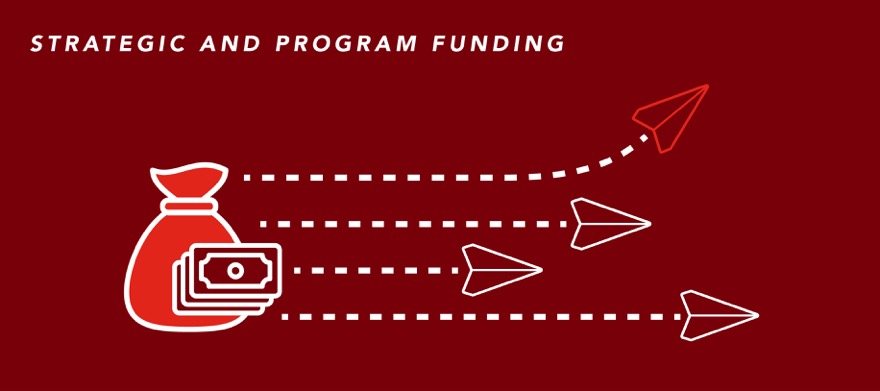Strategic and Program Funding
Strategic Program Funding
The strategic and program funding capability supports strategic planning by providing the ability to set time-phased financial targets at the strategic and program levels. The strategic budget is created by entering labor capacity and non-labor financial targets into the financial plan, then baselined to allow for variance reporting between the baseline and actual cost of delivery. This capability supports strategic investment planning by providing the context of budgets to analyze against demand, enabling you to assess your organization’s ability to take on new investments.
Learn more
Capability resources

Portfolios process flows
Review step-by-step guidance, process flows, and best practices for end users to achieve specific business outcomes.
Learn more


 Definition
Definition Business value
Business value